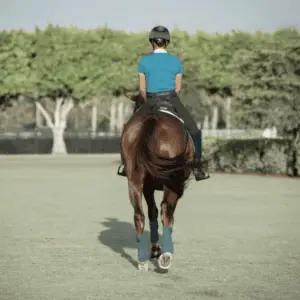
Improving Your Seat in the Saddle
As a rider, it is important to have a free, balanced and relaxed seat in
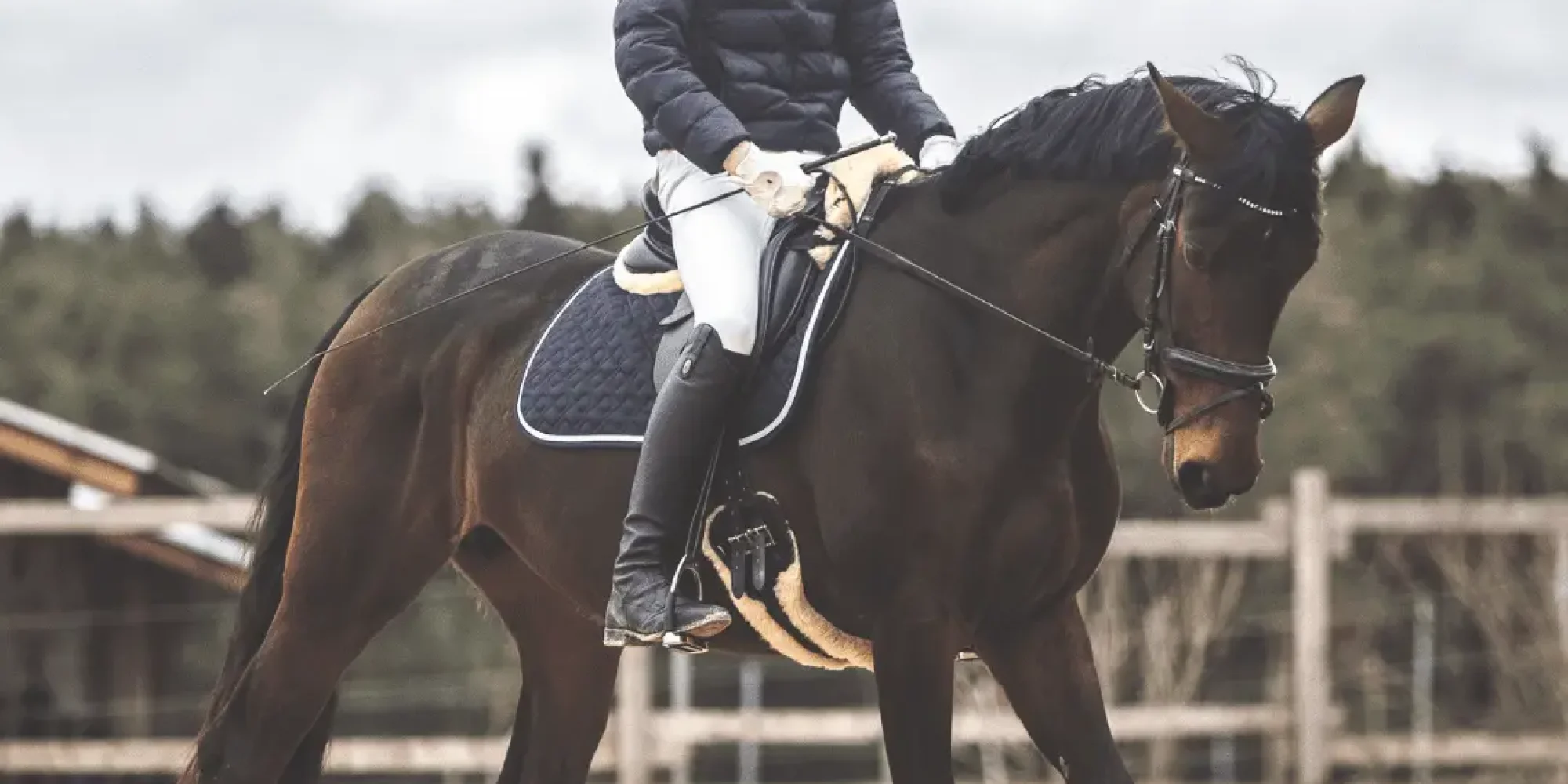
Improve Your Horse's Training in the Cold Months
Dressage riding is a discipline that requires a high level of training and dedication, no matter the season. However, training during the winter months can present some unique challenges. Cold temperatures, shorter days, and inclement weather can make it difficult to maintain a consistent training schedule. Despite these challenges, it is still possible to make progress and improve your skills as a dressage rider during the winter months.
Here are some tips for yourself to help you stay on track with dressage training during the colder season:
1. Dress appropriately: When riding in the winter, it is important to dress in layers. Wear thermal or moisture-wicking base layers to keep warm and dry, and top it off with a waterproof outer layer. Don’t forget to wear a warm hat and gloves, as well as boots with a good grip.
2. Warm up properly: Just like any other physical activity, it is important to warm up before riding. Take some time to walk and jog your horse around the arena to get your and their muscles warm and ready for work. You can also do some dynamic stretching exercises to loosen up your own muscles.
3. Work on your position: With the shorter days and limited time to ride, it can be tempting to just get in the saddle and get to work. However, it is important to take the time to focus on your position, as it is the foundation of all dressage riding. Take some time to practice your balance and alignment in the saddle, and work on maintaining a steady seat.
4. Incorporate strength training: While dressage riding requires a high level of finesse and balance, it also requires a certain amount of physical strength. To help build your own strength and improve your riding, try incorporating some strength training exercises into your routine. Planks, push-ups, and squats are all simple exercises that can help improve your core and leg strength, which are important for dressage riding.
Besides working on yourself, it is also important to continue training with your horse. Here are a few more dressage riding exercises that you can try with your horse:
1. Transitions: Smooth, balanced transitions between gaits (such as walk to trot, trot to canter, walk to canter or transitions to a halt) are an important part of dressage riding. Practice making transitions at different points in the arena and work on maintaining a steady rhythm and correct position of your horse.
2. Circles: Circles are a staple of dressage training, as they help improve your horse’s balance and bend. Practice riding circles of different sizes, and work on maintaining a consistent size and shape. You can also practice changing the bend of the circle by incorporating exercises like shoulder-in or haunches-in on a circle.
3. Serpentines: Serpentines, or “S” patterns, are a great way to improve your horse’s bend and lateral movement. Practice riding serpentines of different sizes, and work on maintaining a consistent shape and rhythm. You can also practice riding the serpentine on a diagonal line to help improve your horse’s straightness or add voltes in between to work on your horse’s responsiveness.
4. Figure eights: Figure eights are another classic dressage exercise that helps improve your horse’s bend, balance, and straightness. Practice riding figure eights of different sizes, and work on maintaining a consistent shape and rhythm. Exercises like this, where you have free lines without a rail to lean on, are a great way to monitor your own aids and learn to limit your horse properly.
5. Practice lateral work: Lateral work, such as leg yields, shoulder-in, haunches-in and half pass, is an important part of dressage training. Not only does it help improve your horse’s balance, control and suppleness, but it also helps improve your own balance and coordination. Lateral work can also be a great way to keep your horse engaged and mentally stimulated during the colder months.
Remember to always start slowly and build up gradually, listen to your horse and take breaks as needed. With practice and patience, these exercises can help improve your horse’s dressage skills and your own riding abilities, even in the colder months.
Download the Happie Horse App to get access to training plans, exercises and new training ideas. Plus you can test Premium for 7 days for free!

As a rider, it is important to have a free, balanced and relaxed seat in
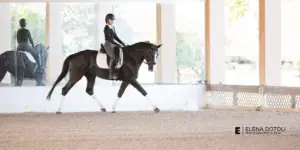
What to do in case of inactive hindquarters? Hindquarter engagement plays a crucial role in
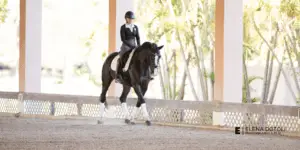
Flatwork is the basis for all riding, in this blog post you will get inspiration
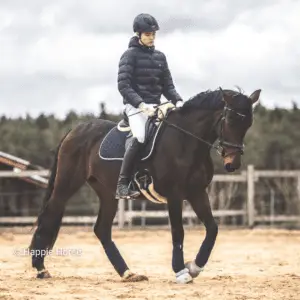
Improve Your Horse’s Training in the Cold Months Dressage riding is a discipline that requires
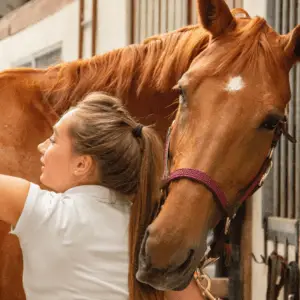
Upgrade your routine! Keeping your horse in tip-top shape is crucial for his health and
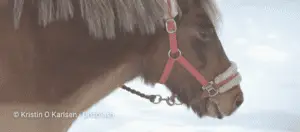
Wintercare for Horses Riding in winter can be challenging, both for the rider and the